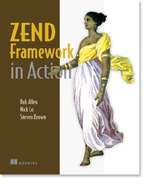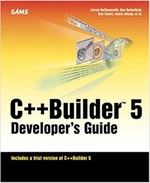Notes on embedding fonts in rst2pdf
I wanted to use Helvetica Light in a PDF that I'm creating using rst2pdf and this proved a little tricker than I expected. Note that to use fonts with rst2pdf, you need to install fontconfig using brew: brew install fontconfig Now, on to the problem! In this case, I discovered that setting stdFont: Helvetica-Light or stdFont: HelveticaLight in the style file resulted in Verdana being used in the PDF file! Fortunately, the -v switch to… continue reading.


